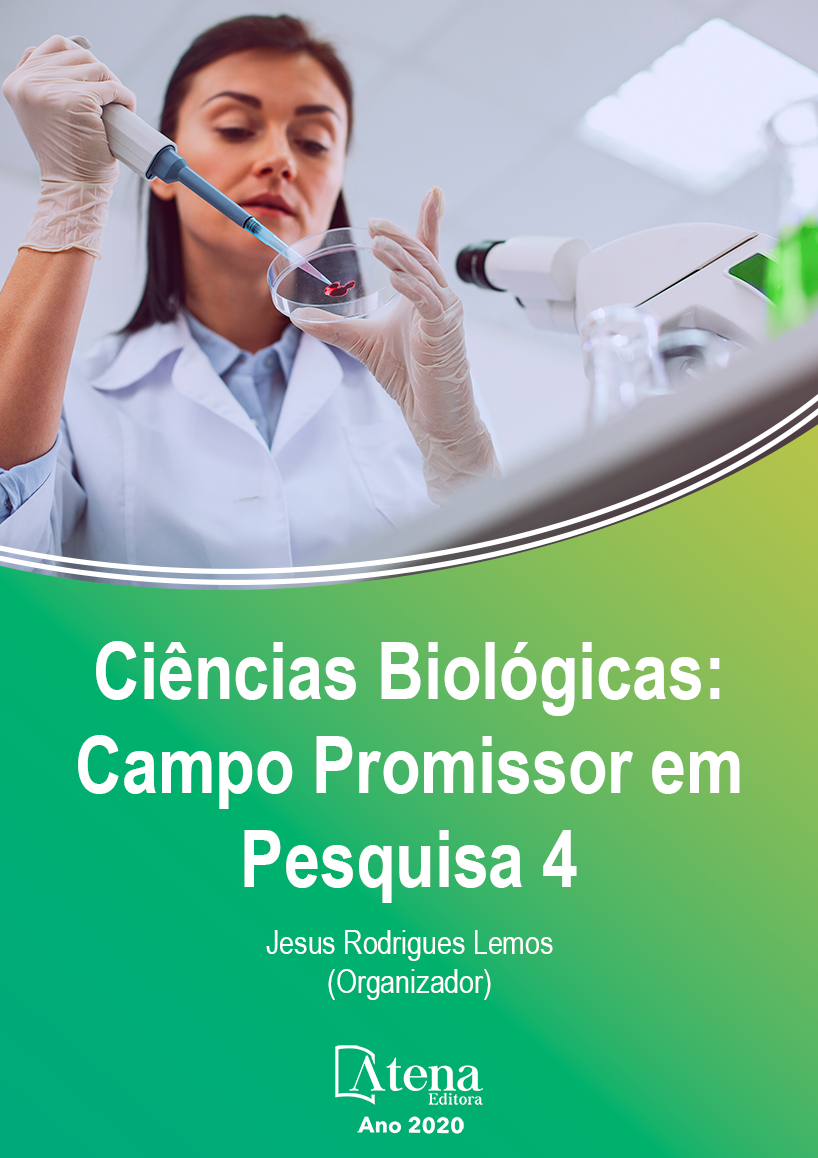
ESTUDO MORFOMÉTRICO E ESTEREOLÓGICO EM PLACENTAS DE RATAS COM DIABETES MELLITUS GESTACIONAL INDUZIDO POR ESTREPTOZOTOCINA
O diabetes mellitus gestacional é conceituado como aquele que é diagnosticado pela primeira vez durante o período gestacional e que pode, ou não, persistir após o parto. Filhos de mães com diabetes gestacional não tratado têm maior risco de morte intrauterina, problemas cardíacos e respiratórios, icterícia e episódios de hipoglicemia após o parto. Portanto, o objetivo deste estudo foi empregar a técnica de estereologia a fim de avaliar quantitativa e qualitativamente a densidade de Células da Hofbauer e as Células da Decídua Basal das placentas de animais com Diabetes Mellitus Gestacional – indução com Estreptozotocina (DMG-SZT), tratados com Lentinula edodes (cogumelo comestível). Foram realizadas avaliações das placentas, em cortes histológicos corados com H.E., empregando-se a técnica de estereologia de tecidos moles após a indução do diabetes gestacional com a estreptozotocina (dose única de 40 mg/kg. IP). Com a estereologia tivemos os seguintes resultados: A densidade de volume das células de Hofbauer: Vv(H) diminuiu nos três Grupos diabéticos, comparados com o Grupo I (controle). A Densidade de volume das Células da Decídua Basal Vv(db), permaneceu com porcentagens semelhantes em todos os grupos. Estas diferenças não foram estatisticamente significativas (p<0,001). Nossos resultados sugerem que o cogumelo não protegeu as células de Hofbauer dos efeitos tóxicos da STZ, diferentemente das células da decídua basal, que na presença do efeito do Lentinula edodes, os grupos que foram induzidos a diabetes foram protegidos, ficando equiparados com o controle negativo. A morfometria e a estereologia, são ferramentas a fim de quantificar resultados, que mesmo não sendo significativos estatisticamente, sugerem uma alteração em células com potencial de proteção ao desenvolvimento fetal. Desta maneira o estudo sugere que o diabetes gestacional pode causar lesões ou mesmo interferir no desenvolvimento fetal.
ESTUDO MORFOMÉTRICO E ESTEREOLÓGICO EM PLACENTAS DE RATAS COM DIABETES MELLITUS GESTACIONAL INDUZIDO POR ESTREPTOZOTOCINA
-
DOI: 10.22533/at.ed.40420240622
-
Palavras-chave: Diabetes Mellitus Gestacional. Estereologia. Placenta. Lentinula edodes. Estreptozotocina.
-
Keywords: Gestational Diabetes Mellitus. Stereology. Placenta. Lentinula edodes. Streptozotocin.
-
Abstract:
Gestational diabetes mellitus is defined as one that is diagnosed for the first time during pregnancy and that may, or may not, persist after delivery. Children of mothers with untreated gestational diabetes have a higher risk of intrauterine death, heart and breathing problems, jaundice and episodes of hypoglycemia after delivery. Therefore, the objective of this study was to employ stereology technique in order to quantitatively and qualitatively assess the density of Hofbauer Cells and the Basal Deciduous Cells of animals with Gestational Diabetes Mellitus - induction with Streptozotocin (DMG-SZT), treated with Lentinula edodes (edible mushroom). Placental evaluations were performed in histological sections stained with H.E., using the soft tissue stereology technique after the induction of gestational diabetes with streptozotocin (single dose of 40 mg / kg. IP). With stereology we had the following results: The volume density of Hofbauer cells: Vv (H) decreased in the three diabetic groups, compared with Group I (control). The volume density of the cells of the Basal Deciduous Vv (db), remained with similar percentages in all groups. These differences were not statistically significant (p <0.001). Our results suggest that the mushroom did not protect the Hofbauer cells from the toxic effects of STZ, unlike the cells of the basal decidua, which in the presence of the effect of Lentinula edodes, the groups that were induced to diabetes were protected, being equated with the negative control. Morphometry and stereology are tools in order to quantify results, which, although not statistically significant, suggest an alteration in cells with potential to protect fetal development. Thus, the study suggests that gestational diabetes can cause injuries or even interfere with fetal development.
-
Número de páginas: 17
- Izadora Renosto
- Euro Marques Junior
- Raquel de Mendonça Rosa-Castro


